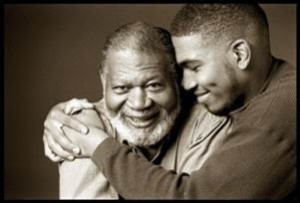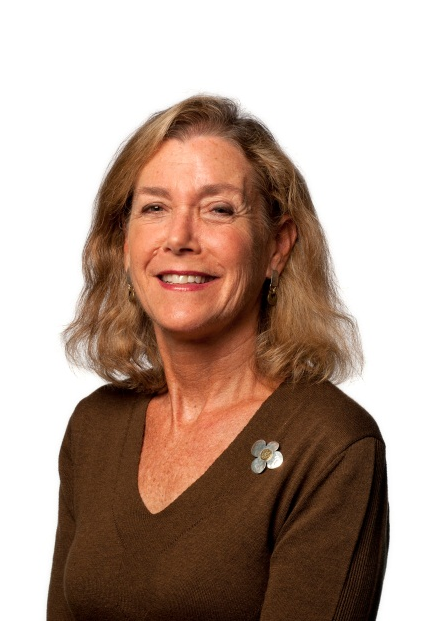AARP Hearing Center
Accelerating the Pace of Change for Caregiving Families
By Lynn Friss Feinberg, July 21, 2015 04:00 AM
Not a day goes by that I don’t meet someone who is caring for a parent, another adult family member or a close friend with a chronic, disabling or serious health condition. This unpaid family care — known as “family caregiving” — is almost universal today as our population ages.
Despite some recent policy advances at the federal and state levels , the pace of change must accelerate to adequately recognize and explicitly support caregiving families.
The good news: Not all of the estimated 40 million adults who take on the unpaid caregiving role need help.
Many families are able to manage on their own. And most family members and friends who willingly undertake caregiving find it an enriching experience and a source of deep satisfaction and meaning.

But others who take on the caregiving role experience daily struggles, worries and frustrations. They have no idea what to do, how to do it, or where to get reliable and affordable help. Our confusing and bewildering health care and long-term services and supports (LTSS) systems are not set up to meet the needs of family caregivers or those for whom they care. Family caregiving can be especially overwhelming, stressful and costly when it involves caring for someone with dementia over many years.
When support is inaccessible, unaffordable or not culturally relevant, families face a steep price — compromising their health and financial well-being. In the recent Caregiving in the U.S. 2015 survey, 38 percent of family caregivers said their caregiving situation was highly stressful, and nearly 1 in 5 experienced a high level of physical (19 percent) or financial (18 percent) strain.
These family caregivers are vulnerable; they need practical help and support.
If their needs are not recognized and addressed, they risk burnout from prolonged distress, the physical demands of caregiving, and the high cost of health care and LTSS. Preventing caregiver burnout — through adequate information and better care coordination, training on handling complex care needs, and providing other caregiver support services, such as respite care — can delay or avoid more costly nursing home placement.
There is a growing appreciation of the importance of person- and family-centered care. This means addressing directly the person’s needs, goals and preferences for care. It also means identifying the family members who take on the caregiving role and asking them about their own problems, needs, strengths and resources.
But listening to family caregivers — and tailoring supportive services to those who need help — is not yet a basic component of practice or a routine “billable” service in health care or LTSS. Recent research found that only 1 in 3 family caregivers (32 percent) say that a doctor, nurse or social worker has asked them about what was needed to care for their loved one. Half as many (16 percent) said a health provider had asked what they need to care for themselves.
Adapting to the changing and more complex care needs of caregiving families — and finding ways to address these needs — is something our country must do before we face the looming care gap as our population ages. The oldest boomers start turning 80 years old in just 11 years (2026).
Starting a national conversation around the role of family care and meaningful public policy and private sector solutions has never been more important.
Photo: healthyblackmen.org
Lynn Friss F 































































